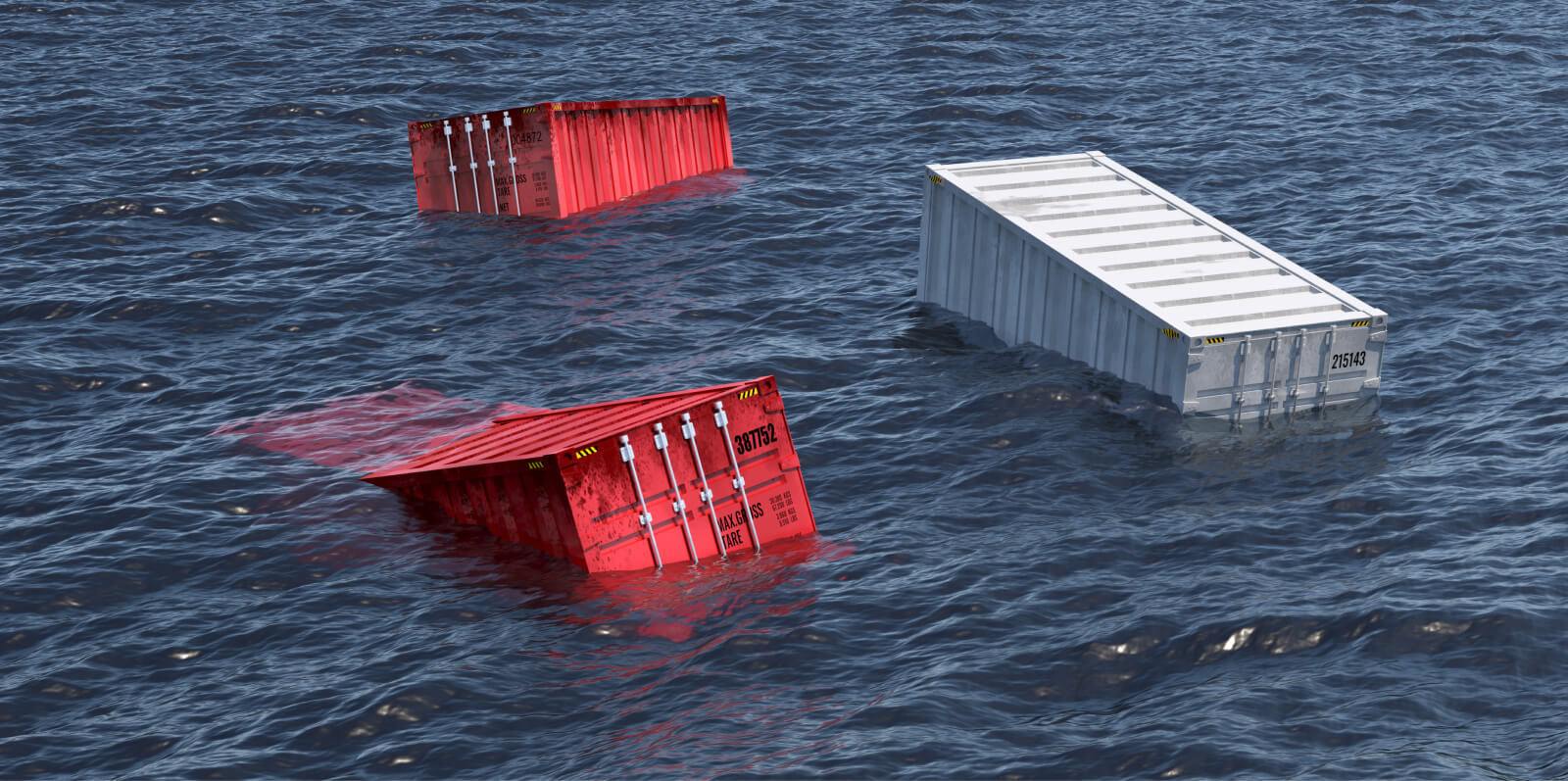
With ocean shipping amidst continued chaos and the holiday season rapidly approaching, the supply chain is already crippled. Then, earlier this week, the Zim Kingston vessel lost more than 40 containers overboard when it hit rough waters off the coast of Vancouver. Supply chain leaders were monitoring the news and frantically contacting their carriers and freight forwarders, as they hoped their containers were not one of those floating in the ocean. Earlier in the week, shippers and carriers alike saw photos of smoldering containers, while more were falling into the ocean.
“With all of the constraints and congestion in the international transportation ecosystem, an otherwise small disruption such as the fire that occurred on the Zim Kingston, may have more follow-on effects than would otherwise happen,” said Chris Stauber, VP of Product for Ocean at FourKites. “The cargo owners who lost containers will feel the pinch, and so will the shippers who were depending on the Zim Kingston to pick up cargo for the next journey. The vessel will be out of circulation for a while, reducing the ecosystem’s capacity by 4,526 TEU. Moreover, the ecological impact of containers that are not recovered before their contents leak will not be known for some time.”
While many shippers have had feelings of hopelessness throughout the week, here are a few practical lessons we can take away from this latest ocean disruption.
According to a FourKites survey of supply chain leaders, 50% of shippers are still using manual methods for tracking their shipments. When the Zim Kingston was damaged, shippers around the globe were trying to contact their carrier or freight forwarders to know if their containers were on the vessel. Those shippers who rely on manual track-and-trace would need to spend time making phone calls or sending emails to get this information. Those shippers with digital tracking visibility, however, were able to identify where their containers were in real-time and if they were on the Zim Kingston vessel.
Many shippers rely on the ETAs provided by the carrier for their operational planning, demand planning and customer experience. Many times, these carrier ETAs are inaccurate, delayed or don’t include weather events, like in the Zim Kingston scenario. Predictive ETAs, on the other hand, use machine learning algorithms that leverage a variety of data, including voyage information, weather and traffic events. That’s why predictive ETAs are able to provide significantly more accurate ETAs than those provided by the carrier. In the case of the Zim Kingston, predictive ETAs could have alerted carriers about the weather patterns on their vessels’ route, and carriers could have managed exceptions or notified customers of expected delays.
A difficult aspect of the Zim KIngston situation was that carriers were unsure if their container was aboard the vessel or if it was damaged. A real-time visibility platform provides real-time updates by automating track and trace information — eliminating back-and-forth emails and phone calls. The leading visibility solutions provide not only tracking information, but also automated alerts and notifications around specific events and milestones throughout the journey. In the case of the Zim Kingston, shippers with containers aboard the vessel could have been alerted about weather events and delays on the vessel, allowing them to proactively notify their customers, manage exceptions or find alternatives with their carriers.
What is clear is that the already fractured supply chain could not handle the impact of the Zim Kingston vessel’s damage. In the immediate aftermath of the episode, when shippers were scrambling to evaluate if their goods were missing or damaged, those have digitized their shipping processes — especially when it comes to supply chain visibility — had better insights into the status of their containers, alerts around the weather conditions and more accurate ETAs. And while those insights wouldn’t change the fate of the Zim Kingston, they do enable those affected to take proactive measures in real time to mitigate the event’s impact on their partners and customers.